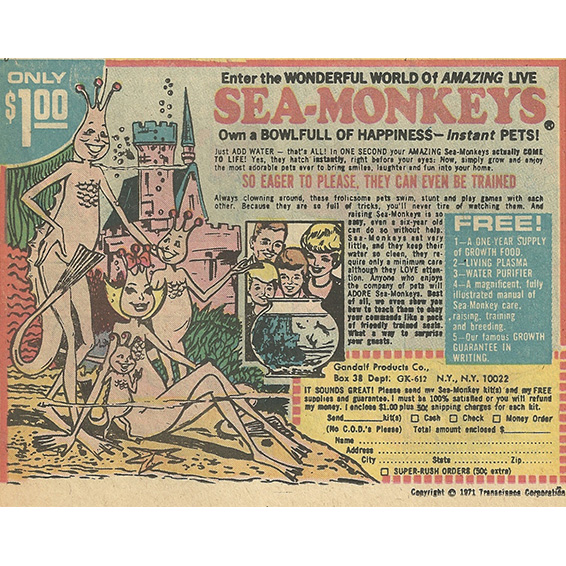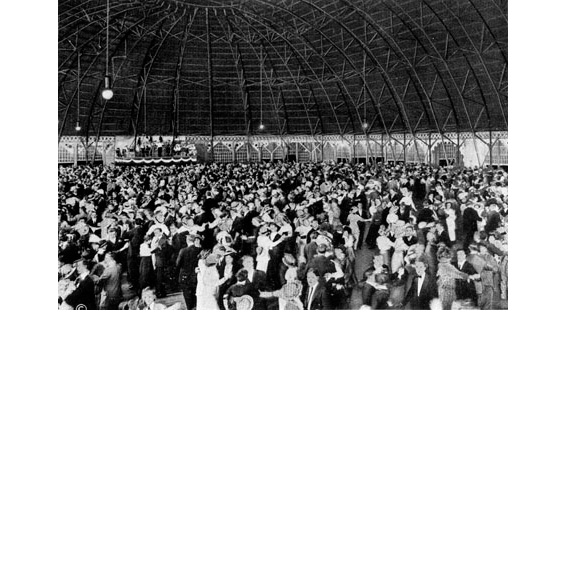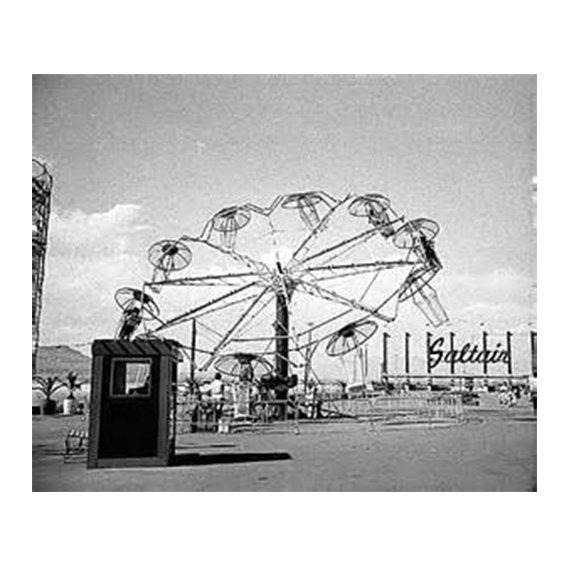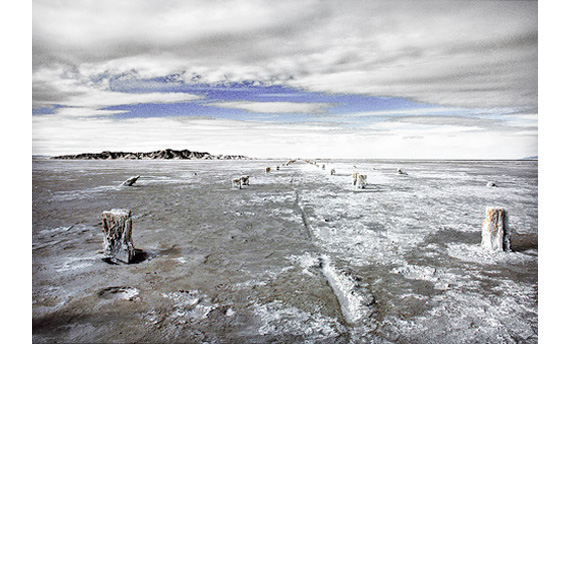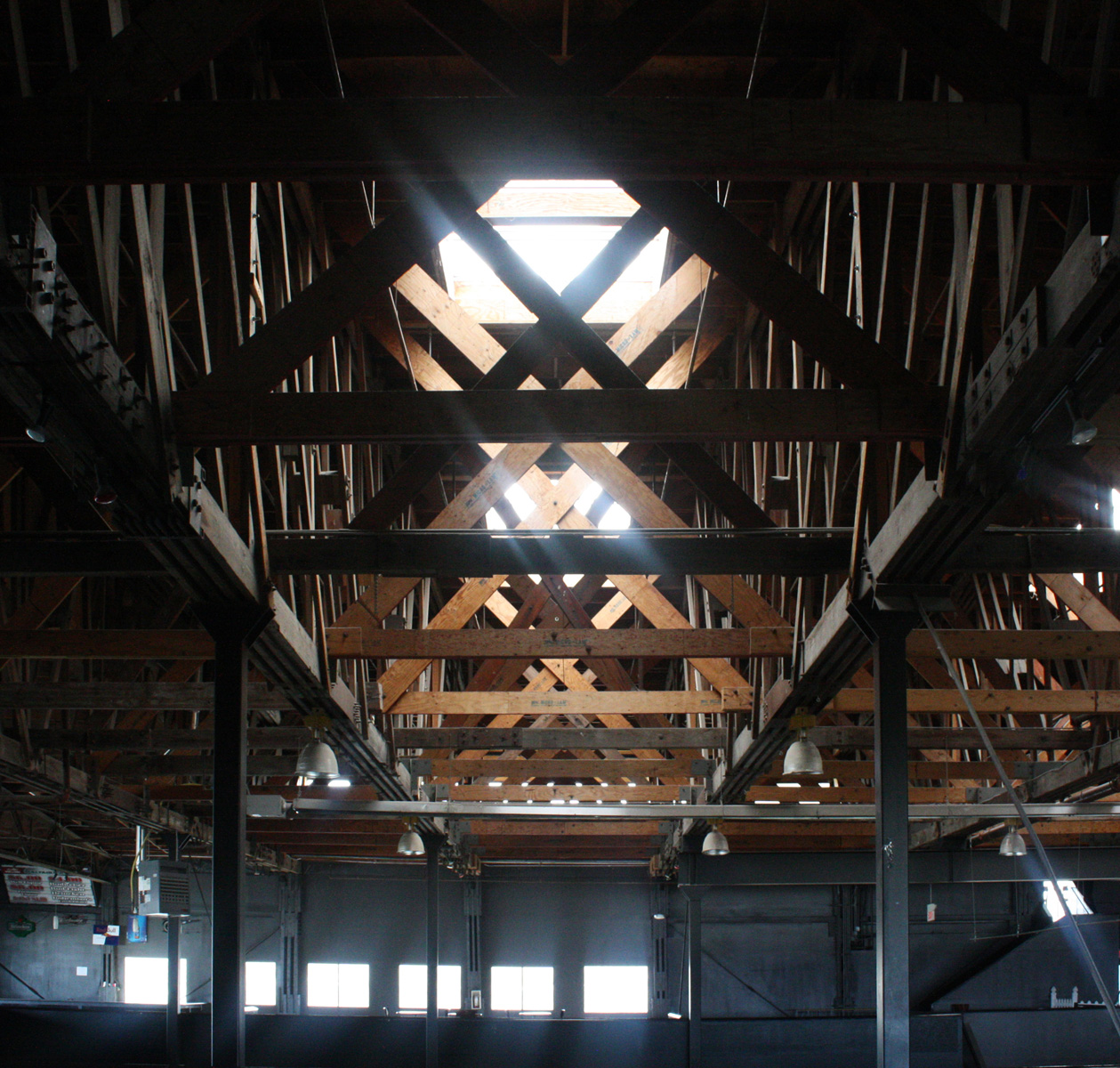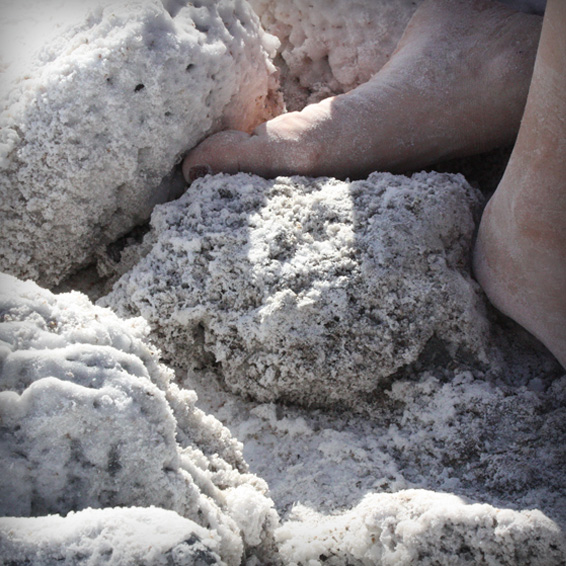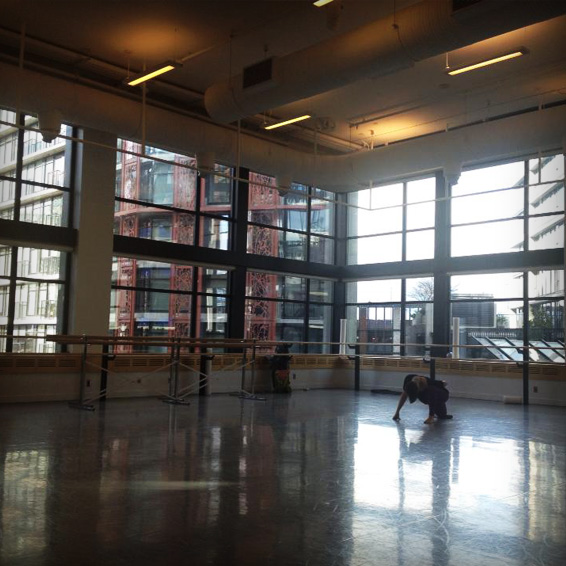PHOTO: PELLE RINK
Hello from all of us at NOW-ID,
We thought we might share some recent news. NOW-ID has been working with local editor Chris Howard to finish a short film of "FEAST", set to Jesper Egelund's music. Even though it obviously can't beat seeing the work "Live" - it still gives a glimpse into the world that was created out at the Great Saltair last May. See the film here.
We are taking "FEAST" to Kansas in November to the Kansas Dance Festival, where we are collaborating with the dance and music departments at the University of Wichita to build even further on the original piece.
Nathan and Charlotte were interviewed by Gavin's Underground for City Weeklywhich you can read here.
Charlotte recently returned from teaching at the WildWind Performance Lab in Lubbock, Texas. This is a new non-traditional, process-oriented Performance Lab that has a pretty phenomenal Faculty. Amongst others: writer David Kranes, J Ranelli (Founding member of the tony-award winning Eugene O'Neill Theater Center, Director of "Law and Order" on NBC and more), , Shannon Robert (Designer and Associate professor at Clemson University), Blessed Unrest (Theater company out of NYC) and many more.
She is now heading off to Baton Rouge next week to do a short residency and then on to Copenhagen in August. In Copenhagen she will be choreographing and performing in a site with the Copenhagen-based Figura Ensemble. The project is titled "Et glimt... så er jeg væk igen" (roughly translated: "A glimpse...and then I am gone again").
The project is staged at the Marienlyst Castle north of Copenhagen and has a team of collaborators (musicians, actors, opera-singers, dancers) from Iceland, Sweden, Denmark and more. The work considers the concept of identity.
The project will have a run of 12 performances, so if you are in Copenhagen August 23 - 26th... consider making the trip up to this extraordinary 1588 castle located in the historic center of Helsingor.
Have a wonderful Summer from all of us here at NOW-ID and please stay tuned for all of the events we have coming up this year. For more information, contact or visit us anytime at: www.now-id.com
Nathan & Charlotte



